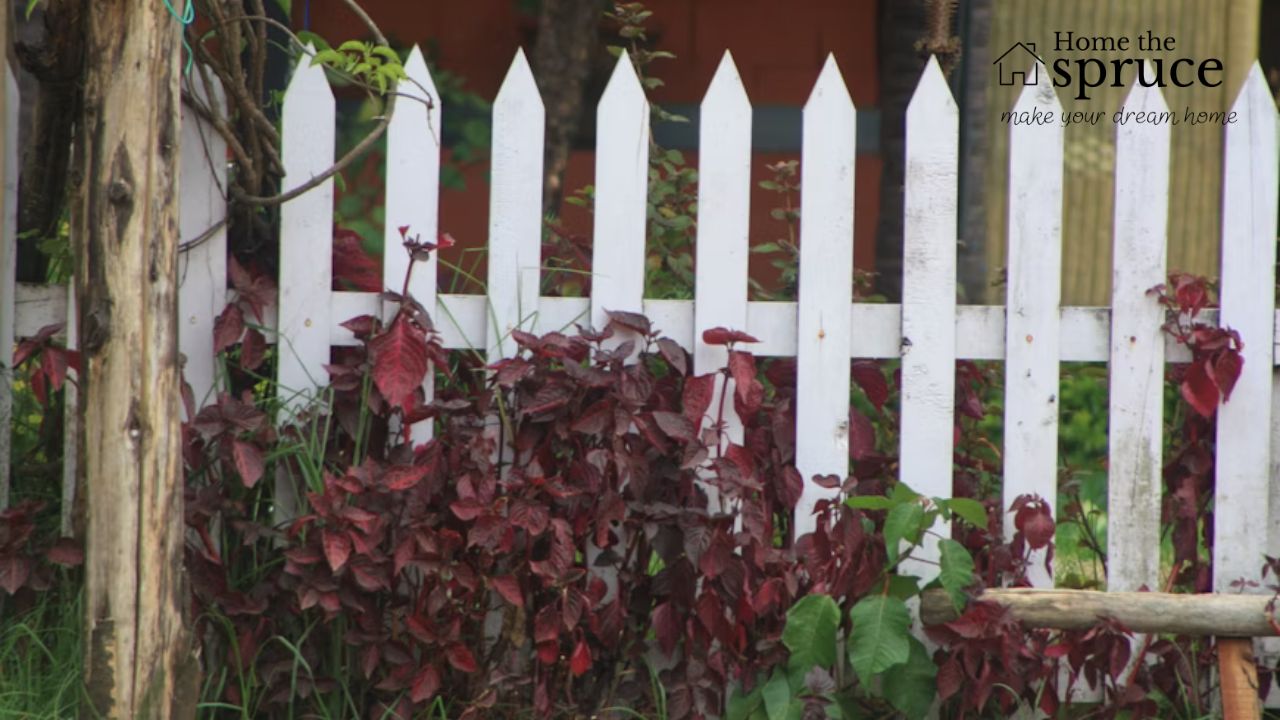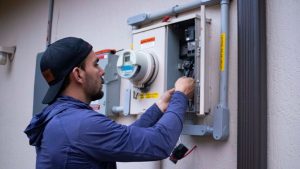Building a garden fence sounds easy until you’re holding a post hole digger in one hand and a level in the other. Homeowners often ask the same question: Should I install the fence myself or hire someone to do it? The answer depends on your budget, skill level, time, and how complex the project really is. This post breaks down the pros and cons of each approach, focusing on the real-world question of DIY vs. professional garden fence installation.
What You Should Know Before Starting
Every fencing job starts with a few basic steps. First, you’ll need to check your local property line. Then, look at city codes and permits. Next, take stock of your yard. Is the ground flat, or are there slopes and tree roots to deal with? All these factors affect how hard or easy a project becomes.
Budget also matters. Going the DIY route might save you money, but only if everything goes right the first time. Mistakes like crooked panels or loose posts can cost more to fix later.
Finally, think about your tools. If you don’t already own a level, post hole digger, power drill, or circular saw, buying them could quickly wipe out any savings.
When DIY Makes Sense
Doing it yourself works well for simple projects. Installing a low picket fence around a flat, small garden might only take a weekend. If you already have basic tools and some home improvement experience, you’re off to a good start.
Here are a few signs that DIY might be the better choice:
- You enjoy hands-on projects.
- You’re working with lightweight materials like vinyl or premade panels.
- You have time to spread the work over a few days.
- You’re only fencing a short stretch of yard.
A DIY fence can give a sense of pride. You get full control over the design, and you can work at your own pace. It also gives flexibility for changes along the way.
That said, not all projects are beginner-friendly. If you’re doing this solo, tasks like keeping fence posts plumb and evenly spaced can get tricky fast.
When It’s Better to Hire a Pro
Hiring a fence contractor takes the stress off your shoulders. If your yard has a slope, rocks, or hard soil, professionals have the equipment and know-how to handle it. They also know how to set posts deep enough to keep the fence standing tall for years.
Call in a pro if:
- Your fence must follow strict HOA or city guidelines.
- You’re using heavy materials like steel or custom wood.
- The fence runs more than 100 feet.
- Your yard needs grading or tree removal first.
A contractor will measure twice, dig once, and handle unexpected problems fast. While it may cost more upfront, hiring a professional helps avoid future repairs. That’s especially helpful for anyone with a packed schedule or no prior building experience.
Also, it’s worth noting that professionals often carry warranties for workmanship and materials. If something goes wrong, you have a backup.
What Each Option Really Costs
DIY seems cheaper, but the numbers can surprise you. Let’s say you need 100 feet of fencing. Material costs might range from $10 to $30 per foot, depending on the type. Add hardware, tools, gravel, and cement—and don’t forget delivery fees.
Professional installation usually runs $20 to $60 per foot, depending on complexity and location. That includes labor, materials, and cleanup.
Here’s where it gets interesting: DIY mistakes lead to extra trips to the store, wasted materials, or hiring someone to fix your work. Suddenly, the “cheap” option doesn’t look so affordable.
If you already have tools and only need a few sections of fencing, DIY might still win.
Common Pitfalls with DIY Fencing
DIY projects can be rewarding, but garden fencing brings challenges. One common mistake is digging shallow post holes. Posts need to be deep and stable to handle wind and time. Another problem is spacing. Uneven gaps between panels can ruin the look and compromise strength.
Miscalculating the slope of your yard is also a frequent issue. A slight incline may not seem like a big deal, but without the right layout, panels won’t sit straight. Misaligned sections lead to instability and visual flaws.
Material waste is another risk. Cutting panels or boards to the wrong size means rework. That can turn a weekend job into a weeklong hassle. DIY work often lacks precision without the right experience.
You also need to call local utility companies before digging. Striking a buried cable or pipe could lead to fines or service disruptions. Many homeowners skip this step, and the results can be serious.
What Professionals Bring to the Table
Professional installers know how to tackle unexpected challenges. If the soil is full of clay or rock, they have the right gear to break through it. When measuring and leveling, they work with accuracy. This matters when every panel must align across a long run.
Professionals can also read blueprints and zoning codes. That helps avoid legal issues later. If your property borders a neighbor, accurate placement prevents disputes.
Cleanup is often overlooked in DIY jobs. Dirt, sawdust, and leftover material pile up quickly. A professional team handles disposal, leaving your yard clean and ready to enjoy. There’s also time savings. A task that takes a homeowner five days might take a team just one.
Making the Right Call for Your Yard
Think about what your garden fence needs to do. Are you trying to keep pets in? Add privacy? Just frame a flower bed? Light-duty fences may be fine for DIY. Larger fences that need strength, stability, and long-term durability often benefit from expert installation.
Also, consider who uses the space. If kids and dogs play nearby, the fence needs to stay secure under pressure. You may not want to test your first-time skills on a project with safety involved.
Both options have merit. DIY can save money if you know what you’re doing. Professional work brings speed, precision, and peace of mind when the stakes are higher.
Picking the Best Path for Your Project
Choosing between DIY and hiring a pro comes down to time, tools, and confidence. Before you start, map out your budget and review your yard’s layout. Then ask yourself: Is this job worth the stress? Take the time to explore your options and decide what works best for your space and your schedule.
Admin Recommendation
Mistakes to Avoid When Repairing Your Home






